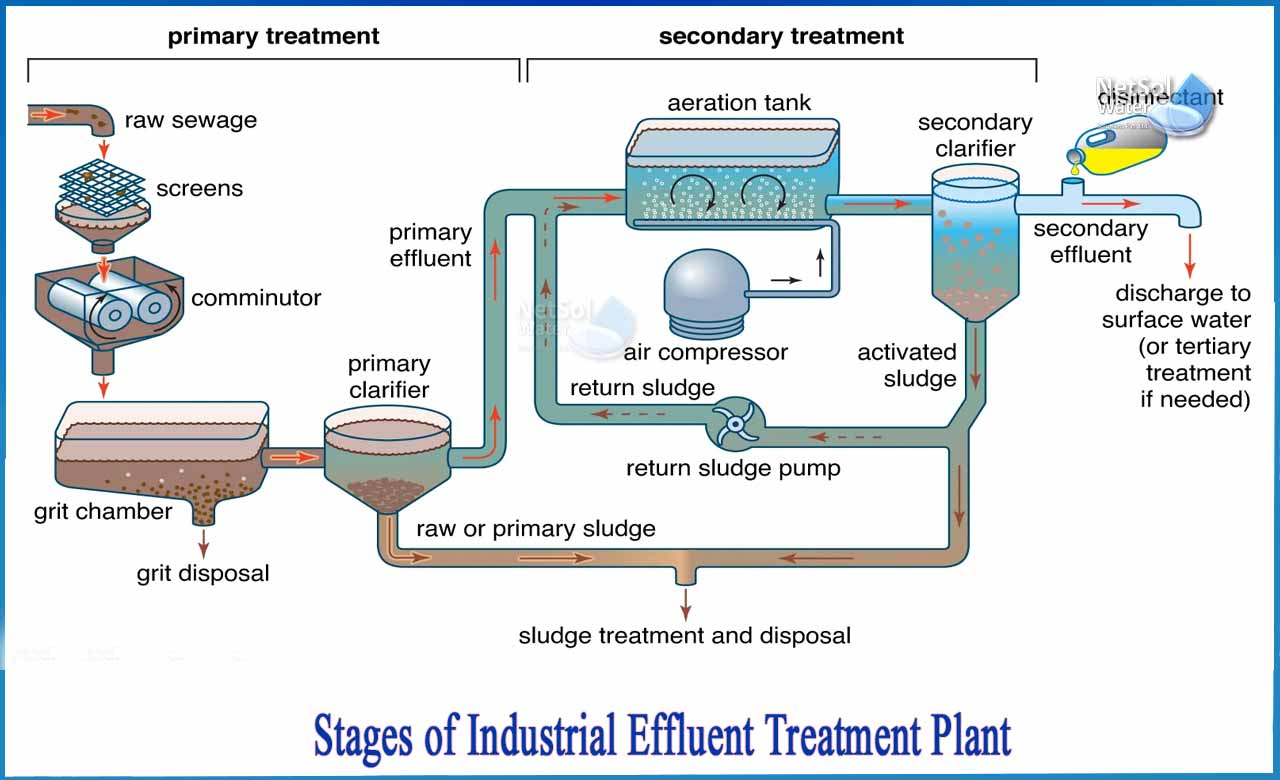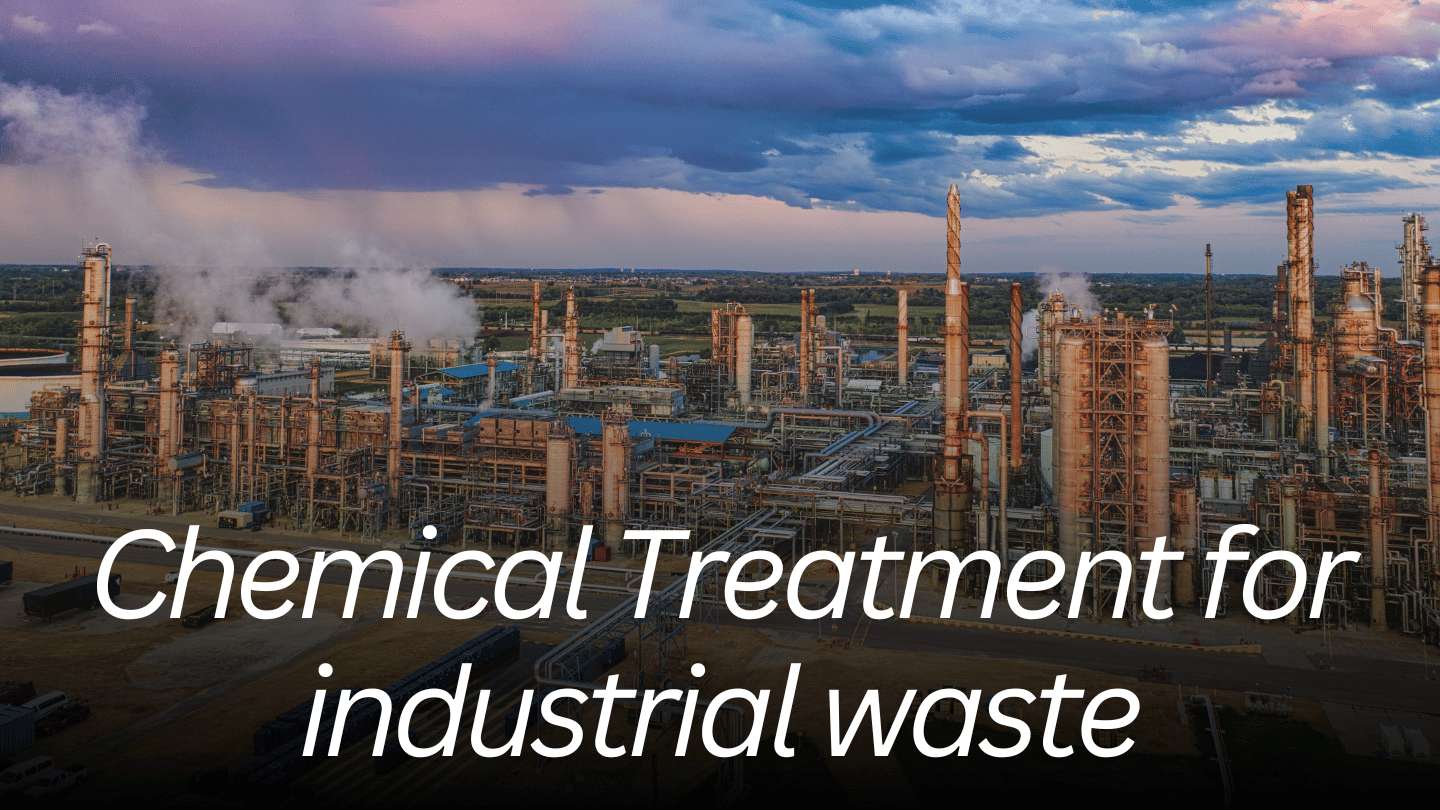Industrial Waste Water Treatment-- Eco-Friendly Solutions for Water Recycling
Industrial Waste Water Treatment-- Eco-Friendly Solutions for Water Recycling
Blog Article
Challenges and Solutions in Hazardous Waste Water Treatment
The therapy of industrial wastewater presents a diverse array of difficulties, ranging from stringent regulative compliance to the intricacies of price management and technological restrictions. The variability in waste make-up additionally complicates the effectiveness of standard therapy techniques, frequently resulting in intensified functional expenses.
Regulatory Conformity Difficulties
How can industrial centers browse the facility landscape of regulatory conformity in wastewater treatment? The regulative framework governing wastewater monitoring is diverse, frequently differing by jurisdiction and kind of industry. Facilities has to stick to government, state, and neighborhood guidelines that determine effluent top quality requirements, discharge limits, and tracking requirements. Failing to abide can lead to severe charges, consisting of fines and functional shutdowns.
To effectively take care of these compliance challenges, facilities ought to execute robust surveillance and reporting systems that ensure real-time data collection and analysis. Regular audits and danger evaluations can recognize prospective compliance gaps, allowing for aggressive adjustments in treatment procedures. Staff member training programs focusing on regulative knowledge and best techniques are vital to foster a society of compliance within the company.
In addition, engaging with regulatory firms can offer important insights and clarify ambiguous laws. Facilities might also take advantage of speaking with environmental experts that specialize in wastewater therapy compliance, ensuring that they stay informed of developing guidelines. By taking on these techniques, commercial centers can not just satisfy conformity needs yet also boost their operational performance and environmental stewardship.
Price and Economic Barriers
Navigating governing conformity in wastewater treatment often presents significant monetary difficulties for commercial facilities. The costs linked with carrying out needed therapy innovations, keeping compliance with rigid laws, and managing operational costs can be daunting. Lots of companies encounter high preliminary capital expenses for the building or updating of wastewater treatment plants, which may strain budget plans, particularly for medium-sized and small business.
In addition, continuous operational expenses, consisting of maintenance, labor, and chemical inputs, add to the financial problem. The unpredictability of rising and fall power rates and the possible need for additional investments to fulfill advancing policies exacerbate these financial pressures. Oftentimes, the lack of economic rewards or support from government bodies makes it much more challenging for companies to warrant financial investments in innovative treatment systems.
In addition, the economic feasibility of wastewater treatment remedies is frequently examined, especially for sectors with tight profit margins. It is critical for commercial facilities to explore cost-efficient methods, such as taking on innovative financing choices, involving in partnerships, and leveraging arising innovations that can assist alleviate these economic barriers while guaranteeing compliance with ecological requirements.

Technical Limitations
Many technical restrictions impede the performance of industrial wastewater treatment procedures. One significant difficulty is the inadequacy of existing treatment technologies to resolve intricate contaminants.
In addition, the scalability of therapy technologies presents an obstacle. While some sophisticated methods, like click now membrane filtering or advanced oxidation, reveal pledge in regulated environments, their application on a bigger scale can be practically difficult and prohibitively pricey. Upkeep and operational intricacies further complicate the fostering of these systems, especially for smaller sized markets with restricted technological competence.
The integration of real-time surveillance modern technologies likewise remains inadequate in numerous treatment facilities. Without effective monitoring systems, drivers can not effectively analyze treatment performance or identify prospective failures, causing inconsistent effluent high quality. As a result, dealing with these technological restrictions through r & d, together with financial investment in innovative options, is critical for enhancing the effectiveness of commercial wastewater therapy and making certain regulatory compliance. Industrial Waste Water Treatment.
Irregularity in Waste Structure
In the world of commercial wastewater therapy, the variability in waste composition presents a powerful difficulty. Industries produce wastewater with varied characteristics, affected by elements such as production procedures, basic materials, and operational methods. This heterogeneity makes complex the therapy process, as conventional systems typically battle to properly deal with the vast array of toxins existing.
For example, wastewater from food handling may have high levels of raw material, while effluents from chemical production might include hazardous substances and heavy metals. This difference requires versatile treatment methods to guarantee conformity with environmental guidelines and shield public wellness. In addition, changes in waste make-up can happen gradually, affected by changes in production schedules, upkeep tasks, or the introduction of brand-new products.

Ingenious Therapy Solutions
Cutting-edge treatment remedies are crucial for resolving the complexities of industrial wastewater management. Conventional approaches usually fall brief in efficiently getting rid of a large array of contaminants, especially in facilities with diverse effluent streams. Recent developments concentrate on integrating cutting-edge innovations to improve treatment efficiency and sustainability.
One appealing technique is using innovative oxidation processes (AOPs), which leverage effective oxidants to weaken natural pollutants. AOPs, including photocatalysis and ozonation, can significantly minimize toxic materials and improve effluent quality. Furthermore, membrane layer bioreactor (MBR) modern technology has obtained traction, incorporating biological treatment with membrane purification, causing top quality effluent and lowered impact.
One more innovative solution is the application of source recuperation systems. Strategies like anaerobic digestion not only deal with wastewater however also generate click this site biogas, which can this be harnessed as a renewable resource source. Additionally, the adoption of expert system and device learning versions can enhance treatment procedures by forecasting variants in wastewater make-up, consequently improving operational efficiency.
These innovative solutions not only address regulatory compliance but additionally promote environmental sustainability, paving the way for a more reliable and resistant commercial ecological community.
Conclusion
In conclusion, addressing the challenges of commercial wastewater therapy needs a multifaceted approach that integrates regulative compliance, expense management, and technical innovations. Ingenious services, such as innovative oxidation procedures and membrane layer bioreactor innovation, offer pathways to improve treatment efficiency. In addition, real-time monitoring systems and collaborative interaction with governing companies can promote sustainable methods while reducing economic stress. A commitment to continuous improvement in treatment techniques will ultimately contribute to the reliable management of industrial wastewater and environmental management.
The therapy of industrial wastewater presents a complex variety of difficulties, ranging from rigorous regulative compliance to the complexities of expense monitoring and technical restrictions. Industrial Waste Water Treatment.Browsing regulatory compliance in wastewater treatment commonly offers considerable financial difficulties for commercial centers. Dealing with these technical limitations via study and advancement, alongside financial investment in ingenious options, is essential for improving the efficiency of industrial wastewater therapy and making certain regulatory compliance
Wastewater treatment centers should invest in durable surveillance systems and versatile therapy technologies capable of accommodating varying influent features.In final thought, addressing the challenges of industrial wastewater therapy calls for a diverse strategy that incorporates governing compliance, cost monitoring, and technological improvements.
Report this page